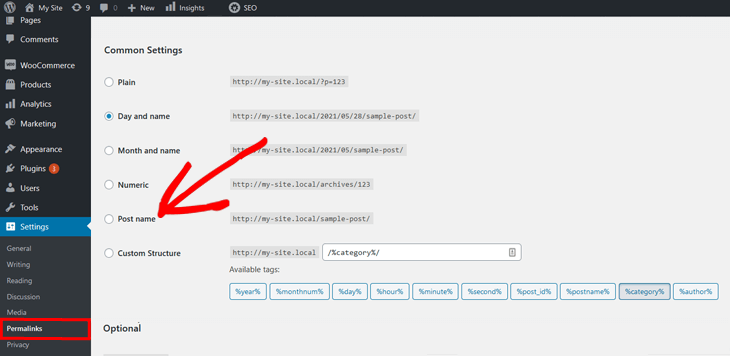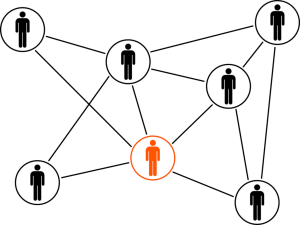Did you know that Google processes 79,456 searches every second? Imagine how many searches this multiplies into in a day, week, or month… Google’s popularity offers enormous potential for website owners looking to drive more traffic to their sites and increase conversions.
But to tap into this search traffic, you need to ensure that all your SEO elements are properly optimized on your website. And one vital step is to use SEO-friendly URLs for your web pages to help users and Google understand what they’re about.
So, what are SEO-friendly URLs?
In short, SEO-friendly URLs are hyperlinks that are designed to meet the needs of users and search engines. They tend to be short and keyword-rich and can help you rank higher on Google.
Wait! Let’s start from the beginning and first explain what a URL is.
URL stands for Uniform Resource Locator and is your page’s address or domain name. Each URL is dedicated to a web page on your website and helps organize your site’s content. It’s basically the link between your content and your website visitors.
But what has a URL to do with SEO?
SEO-Friendly URLs Explained
Along with your meta tags, link anchor text, and the content itself, search engine bots use your web page’s URL to understand what your content is about.
SEO-friendly URLs are easier for the Google bot and other search engine bots to index and crawl. And search engines have to be able to crawl and index your site to rank it in search results.
Properly optimized URLs can also increase the click-through rate to your site and promote the shareability of your content. These actions will ultimately increase pageviews for your website and help your content rank higher in search engines.
SEO-Friendly URL Structure
So, what should an SEO-friendly URL include?
There are many elements to consider when creating an SEO-friendly URL structure. For example, your URL should:
- Include your target keyword
- Describe what your page is about
- Be easy to read for both users and search engines
- Use hyphens instead of underscores
- Be short and sweet
- Use HTTPS-secured URLs
- Not have dates or years in them
- Use lowercase letters only
- Entice people to click and share them
Always consider your website visitors first when creating your URL structure since usability is Google’s top priority.
Google states that:
“URLs with words that are relevant to your site’s content and structure are friendlier for visitors navigating your site.”
If considering these factors when creating your permalink structure, you can significantly improve your chances to rank higher in search engines.
SEO-Friendly vs. Non-SEO-Friendly URLs
It’s always easier to understand theories when you break them down to easy consumable examples, so let’s show you examples of SEO-friendly vs. non-SEO-friendly URLs.
To begin, here’s an example of an SEO-friendly URL:
https://rafflepress.com/social-media-marketing-statistics/
It includes the post’s target keyword, “social media marketing statistics”, and clearly describes what the page is about. It uses HTTPS for added security, and the hyphens between the words make it easy to read. The clean look will attract more clicks from search results and promote sharing.
On the other hand, a non-SEO-friendly URL can look something like this:
http://www.example.com/news/article/0,,31400-1506073,01#?.html
Looking at it, users and search engine bots might understand that this is a news article. But these numbers and symbols don’t tell what the article is about. Also, this hyperlink wouldn’t look good in search results and entice users to click on it. In addition, not using HTTPS-secured URLs can hurt this page’s chances of ranking on Google since it’s not considered a secure page.
That said, if your URLs look similar to the second example, you can edit this in your WordPress settings. So, let’s show you how to easily do that next.
How to Change URL Structure in WordPress
To change your URL structure, also called Permalink structure, you go to the Permalinks settings page in your WordPress Settings. Set your permalinks to Post name, and WordPress will use the title of your post or page as URL structure.

Your URL would then look like this:
https://example.com/sample-post/
Once you’ve set the URL structure, you can edit it for each post and page to consider all elements for SEO-friendly URLs.
Conclusion
And there you have it. The ultimate goal with an SEO-friendly URL structure is to make it easier for users and search engines to understand your website’s content, navigate and share it. Creating SEO-friendly URLs is one step in improving your site’s usability and boosting rankings on Google.
Digital & Social Articles on Business 2 Community
(78)
Report Post









